The Hidden Crisis in Criminal Justice
In our schools, one in 20 students has ADHD. In the world's prisons, it's one in four. And in NSW, it's almost one in two. The numbers are shocking and we ignore them at our peril.

When you picture Australia's prisons, you might imagine violent offenders, career criminals, or individuals battling addiction. But one group remains startlingly invisible, despite being vastly overrepresented: people with Attention Deficit Hyperactivity Disorder (ADHD).
A groundbreaking international study published in Psychological Medicine synthesised data from 42 separate studies across 15 countries, revealing a shocking truth. Approximately 26% of adult prisoners — more than one in four — have ADHD[1]. For young offenders, the rate is even higher, soaring to 30.1%[1:1].
Professor Susan Young, lead researcher of the study, highlighted:
“Compared with published general population prevalence, there is a fivefold increase in prevalence of ADHD in youth prison populations (30.1%) and a 10-fold increase in adult prison populations (26.2%).”[1:2]
In Australia specifically, the situation is even worse. A 2016 study found that 41% of adult prisoners in New South Wales met the criteria for ADHD — almost double the global average[2]. Among youth detainees, ADHD is approximately five times more prevalent than in the general youth population, suggesting a prevalence rate around 25%[3].
In the general Australian population, ADHD affects around 5%, or one in 20 people[4]. That means the condition is five times more common behind prison walls than in our classrooms, offices, or communities. Among young people in detention, this prevalence rises even more dramatically.
Why is this happening?
ADHD is a neurodevelopmental condition that impairs impulse control, emotional regulation, and decision-making — all critical factors linked to offending behaviour[3:1]. Many affected individuals reach adulthood without diagnosis or adequate support, significantly increasing their risk of entering the justice system.
While public awareness around ADHD is growing, particularly in schools, Australia's justice system lags behind. Few prisons routinely screen for ADHD, leaving thousands of incarcerated Australians without access to vital treatment that could significantly reduce reoffending[3:2].
The implications
Advocates warn this oversight not only impacts the wellbeing of inmates but also community safety and public expenditure. Without targeted interventions, this hidden crisis will continue to escalate.
The data makes one thing clear: Australia's prison problem is also an ADHD problem. Now, it's up to policymakers, prison administrators, and health professionals to decide how they will respond.
Young, S., Moss, D., Sedgwick, O., Fridman, M., & Hodgkins, P. (2015). A meta-analysis of the prevalence of attention deficit hyperactivity disorder in incarcerated populations. Psychological Medicine, 45(2), 247–258. https://doi.org/10.1017/S0033291715000225 ↩︎ ↩︎ ↩︎
Moore, E., Sunjic, S., Kaye, S., Archer, V., & Indig, D. (2016). Adult ADHD among NSW prisoners: prevalence and psychiatric comorbidity. Journal of Attention Disorders, 20(11), 958–967. ↩︎
Australian ADHD Professionals Association (AADPA). (2022). ADHD in the Correctional System Factsheet. Retrieved from https://adhdguideline.aadpa.com.au/ ↩︎ ↩︎ ↩︎
Health Direct. (2023). Attention deficit hyperactivity disorder (ADHD). Retrieved from https://www.healthdirect.gov.au/attention-deficit-disorder-add-or-adhd ↩︎

